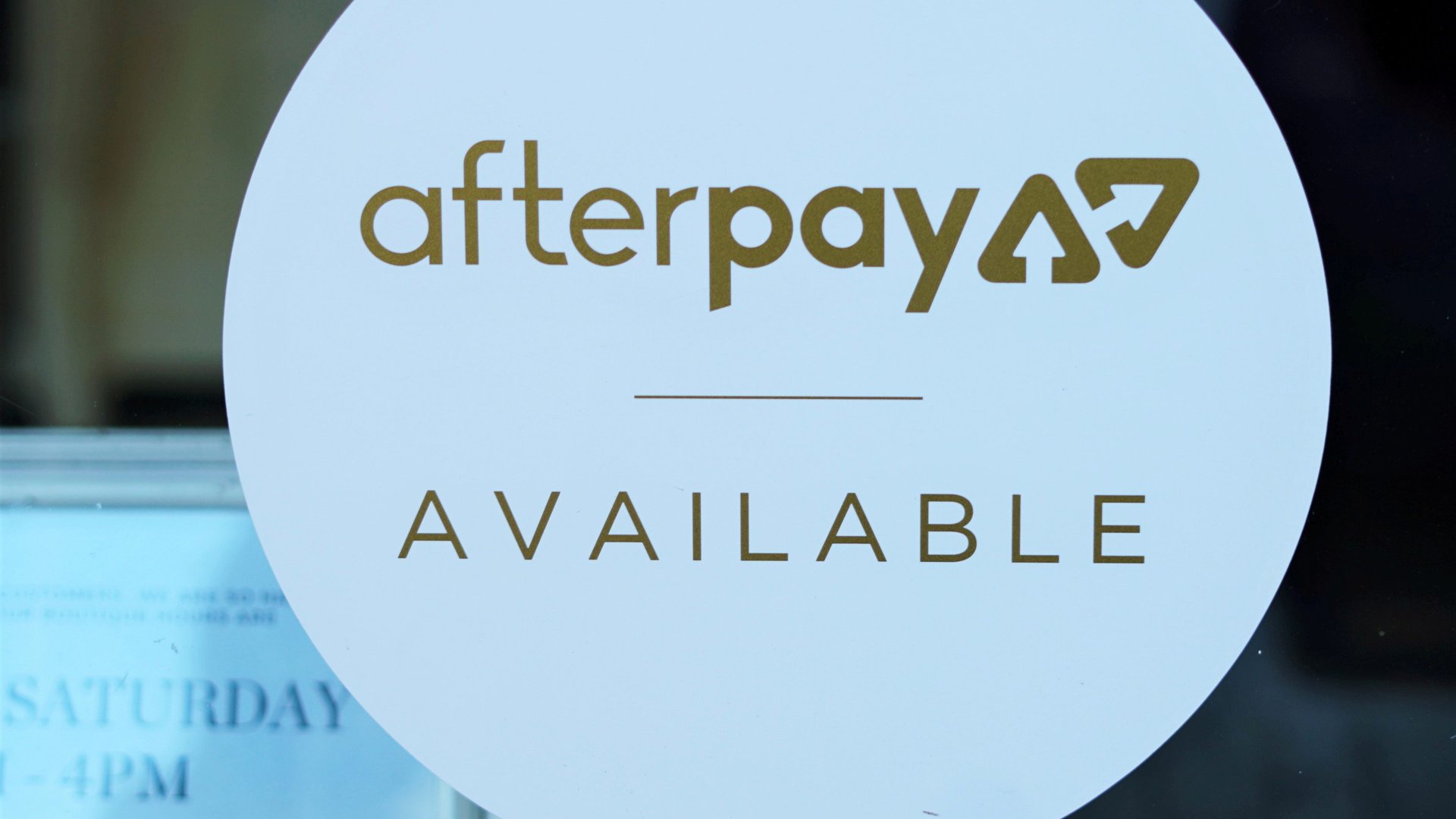Square bought Afterpay because it really wants to be a bank
Old habits die hard. It’s easy to still think of Square as a tech company—not least because its name refers to the white credit-card readers it sells to vendors, or because its CEO, Jack Dorsey, is also the CEO of Twitter.


Old habits die hard. It’s easy to still think of Square as a tech company—not least because its name refers to the white credit-card readers it sells to vendors, or because its CEO, Jack Dorsey, is also the CEO of Twitter.
But Square has been turning—surely and not that slowly—into a bank, a transition that will be accelerated by its new, $29 billion acquisition of Afterpay, the Australian provider of buy-now-pay-later services. Square’s all-stock deal, announced on Aug. 1, fuels the boom in the buy-now-pay-later market, which is increasingly popular with shoppers. By buying Afterpay, Square will now compete with dominant players such as Klarna and Affirm, as well as giant firms like Apple, Goldman Sachs, PayPal, and Visa that have been drawn more recently to the market.
Afterpay fits neatly into Square’s plans
Afterpay offers its 16 million users a way to get their purchases right away and pay for it in four regular, interest-free installments. If they miss a payment date, Afterpay levies a fee and locks their accounts. These late-payment penalties, along with fees paid by merchants, form the main sources of revenue for Afterpay. The system works almost as a substitute for a credit card, which makes it popular among young shoppers, whose credit scores may not yet make them eligible for traditional cards.
Vendors who use Square’s card readers will now be able to offer Afterpay’s pay-later option to their customers. That will, in turn, encourage more customers to sign up for Cash App, Square’s personal digital-payment app, through which they can pay off their installments. This linking-up of the vendor and Cash App ecosystems is “the holy grail for faster long-term growth” for Square, said Harshita Rawat, a senior analyst at Bernstein Research.
Cash App, launched by Square in 2013, already offered a number of banking-adjacent services. Its 70 million active users can store money on it or transfer it out; they can get a Visa debit card linked to their account; they can direct-deposit their paychecks into Cash App, or buy stocks or bitcoin with their balance. With Afterpay, Square can add a miniature credit facility to the app—another banking function. Conceivably, users could skip opening a regular bank account altogether and get by with Cash App alone.
How Square is turning into a bank
Square’s banking ambitions were already becoming very clear on the merchant-facing side of its business. The company first applied for a banking license in 2017, and last year, it received conditional approval from the Federal Deposit Insurance Corporation (FDIC). The new bank, called Square Financial Services and based in Utah, was structured as a subsidiary of Square and started offering small business loans this past March.
Then, in May, Bloomberg reported Square was preparing to offer merchants checking and savings accounts. Those products were launched in late July, under the rubric of Square Banking.
Even before Square Financial Services went into operation in March, Square had been giving merchants small loans, using its detailed knowledge of transaction volumes to help approve applications quickly. These loans, though, were disbursed through a partnership with another, existing bank; in a 10-K filing, Square revealed it collected on these loans by automatically deducting a fixed percentage of every card payment a merchant accepted. In this way, Square had disbursed nearly $9 billion in loans before its small-business loan and banking functions came on line.
To that ability to give merchants loans, Square now adds Afterpay’s service of giving customers credit—a step closer to becoming a full-fledged retail bank in all but name.